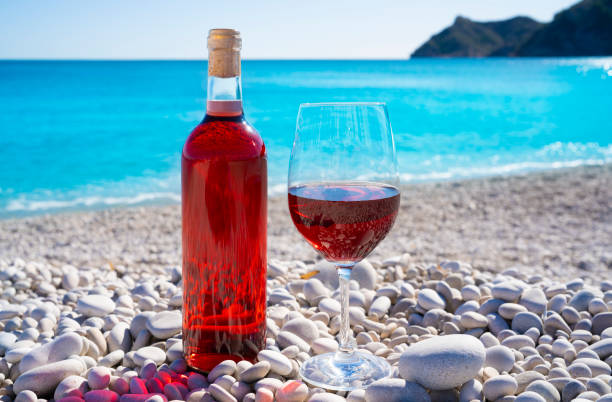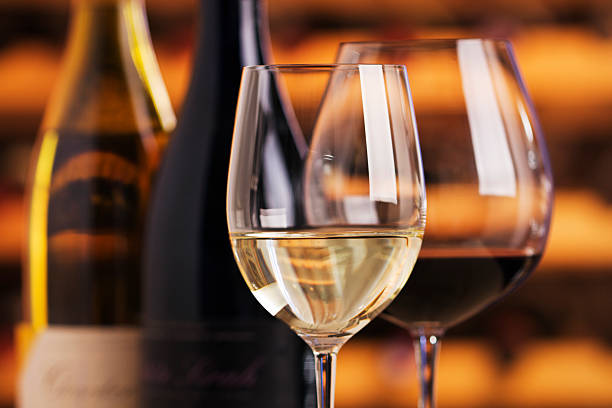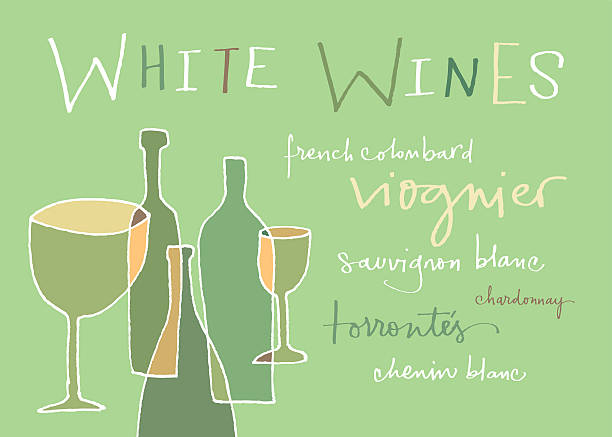Give a man fish, and he will eat for the day. Teach a person to fish, and you will feed him for the rest of his life “.
This is something you’ve heard before. This Chinese proverb is a great way to emphasize the importance of learning. It can also be used in winemaking.
Learn How to Make Wine or Fish
This article will teach you how to “fish”–not literally, but metaphorically. This article will teach you how to create your Wine Recipes so you don’t have to constantly search for wine recipes every time you want to make a new wine or you have an idea.
All wine recipes share the same key, specific elements. We will define and break down these essential pieces one by one to help you better understand the role that each component plays in the recipe. We will then put each piece back together one by one so you can better understand how they all work together to form a cohesive recipe.
You can create your wine recipes whenever you want to. What a liberating idea!
This article is long, but it’s worth reading. The recipe is what will determine the outcome of any wine that you make.
Winemaking Puzzle Pieces
A wine recipe is made up of 6 pieces. Let’s go through each one. These are:
- The Product:
It could be grapes, blackberries, rhubarb, or even dandelions. This could include grapes, blackberries, or rhubarb. You could also use concentrated fruit juice, such as SunCal or European Select. It is the main flavoring component in any wine. This is what gives it its identity, body, and character.
- Sugars
This is what supports fermentation. Alcohol is not produced without alcohol.
Normally, all the sugars required to produce alcohol in the normal range (9%-13%) are found within the product itself. This is the case with many grape varieties. Alternatively, the sugars required may have to be added separately. This is the case when using dandelion or other herbs which do not contain sugar. There are also situations in which some sugars can be obtained from the fruit but still need to be supplemented. This is the case with most fruit wines, especially those made in the country style.
- The Water:
In wine recipes, water is added to dilute the flavors of some products that are either too acidic or too strong. These extreme fruits include elderberry, blackberries, and gooseberries. Some fruits have enough water naturally. They have a mild flavor and a low acidity. These fruits include apples and wine grapes. It is not necessary to add water to these fruits in order to lighten your body.
- Nutrients
Yeast needs nutrition, just like all other living things. A vigorous fermentation requires proper nutrition. In some cases, the nutrients provided by the food are sufficient for the yeast. However, in most situations, they are not enough or the right type of nutrients. We add nutritional supplements like Yeast Nutrient and Yeast Energizer.
- The Acid:
In the sense that the quality and rate of fermentation are affected if the level of acid in a must is too low, then the role of acidity in fermentation can be considered nutritional. Edge is also important in the winemaking process.
Acidity is important for wine stability. Microorganisms, such as bacteria and molds, will flourish if the acid level in wine is too low. If the acid is raised to the right range, the chances of these little nasty things taking over the wine are greatly reduced.
The acidity of the wine also has a direct impact on its flavor. If not enough acid is in the wine recipe, then the wine will taste flat/lifeless/flabby; too much acid and the wine tastes sharp/sour/bitter.
In many cases, a must is too low in acids. This can happen if you have added water to the must to dilute it. In these cases, we’ll need to add Wine Tannin or Acid blend.
- The Yeast
All of the above create the environment. Wine yeast does all the work in this environment. The yeast is responsible for turning sugar into alcohol. It is crucial to use the right type of yeast. It’s not enough to use beer yeast or bread yeast. You’ll need a wine-bred yeast, which has been cultivated by wine. It’s as simple as that.
There are many choices of wine yeast. Each wine yeast has a slightly different effect on the final character of the wine. This is true for our Red Star and Lalvin wine yeast brands.
Note: Other ingredients may be needed throughout the winemaking procedure, such as Pectic Enzyme and Campden Tablets, but they are not dependent on the recipe. These ingredients are used the same regardless of the type of wine that you are making. We will no longer consider these ingredients to be part of a recipe but instead as a part of the winemaking process. Later, we will discuss them in more detail.
Put the Pieces Together
Balance is the key to bringing these elements together. It would help if you put them together in the right proportions to ensure that alcohol, flavor, body, and character are all combined to create a wine you like. Where do we begin?
Step 1: Begin with the Produce
We must always start with the ingredients. In all cases, we must start with the produce. There are countless varieties of produce. Some produce is better suited to making wine because of their natural sugars, astringency in flavor, and nutrients. Some need to be balanced.
Let me give you an example. The juice of freshly squeezed grapes will be pleasant to drink. It would be flavorful and sweet but not too bitter or sour. If you drank the juice straight from freshly squeezed elderberries, I doubt that you would be able to swallow it. The taste would be overpowering; the acidity, to the point that it would be bitter. We can still make wine using elderberries in the same way as grapes. To do this, we balance them with other ingredients used in winemaking.
You can make wine using grape juice without adding water. You must add water to the liquid when producing wine with blackberries, elderberries, and other fruits that have a stronger flavor. It is debatable how much water to use, but unquestionably, you need some dilution with fruit like blackberries and elderberries.
Here’s a list of basic fruits, along with the amount that is typically used to make a batch of 5 gallons of wine. You can adjust the quantity of fruit based on your personal preference or the type of fruit you use, but going too far outside of these guidelines can get you in trouble.
- 70-80 pounds of Wine grapes, Apples
- 40-60 pounds Table Grapes
- 30-40 pounds Muscadine, Scuppernong
- 20-40 pounds Pears
- 20-30 pounds of Wild Grapes
- 15-20 pounds Blackberries, Blueberries, Strawberries
- 10-20 pounds Apricots, Watermelon, Rhubarb, Honey
- Raisins – Potatoes – Prickly Pear
- .5-1.5 pounds Ginger Root, Dandelions, Woodruff Herb
This list is not meant to be exhaustive but to give you a variety of produce and the quantities needed to make five gallons of wine. If you can’t find the exact produce that you need to make wine, compare it to similar produce on the list.
As an aside, depending on what type of produce you’re dealing with, it will be necessary to chop, crush, bruise, pit, or grind the product.
Step 2: Add Sugar and Water
It’s easy to make water. The water is simple. This can mean that there is no water in some cases and nearly 5 gallons in others.
After adding the water, you’ll need to decide if sugar is required for this recipe. You can test the must using a hydrometer to see if it needs sugar. The hydrometer is marked with a scale called “Potential Alcohol.” The scale is a simple percentage, usually ranging from 0-20. It tells you the amount of alcohol that can be produced with the sugars in the must.
If you place the hydrometer into the must, and it reads 5 percent, then the must contain enough sugars for 5 percent of the alcohol to be produced.
The next step is to determine where you want your alcohol level to be. If you want to go from a 5 percent alcohol potential to 12 percent, you will need to add sugar dissolved in the must to the hydrometer until it reads 12.
As a rule of thumb, every pound you add to 5 gallons will increase the alcohol content by 1 percent. It’s not accurate, but it will save you time.
It would help if you did not aim for alcohol levels above 13 percent. Wine yeast is often unable to reach higher alcohol levels. This results in a large amount of sugar left over, making the wine too sweet.




